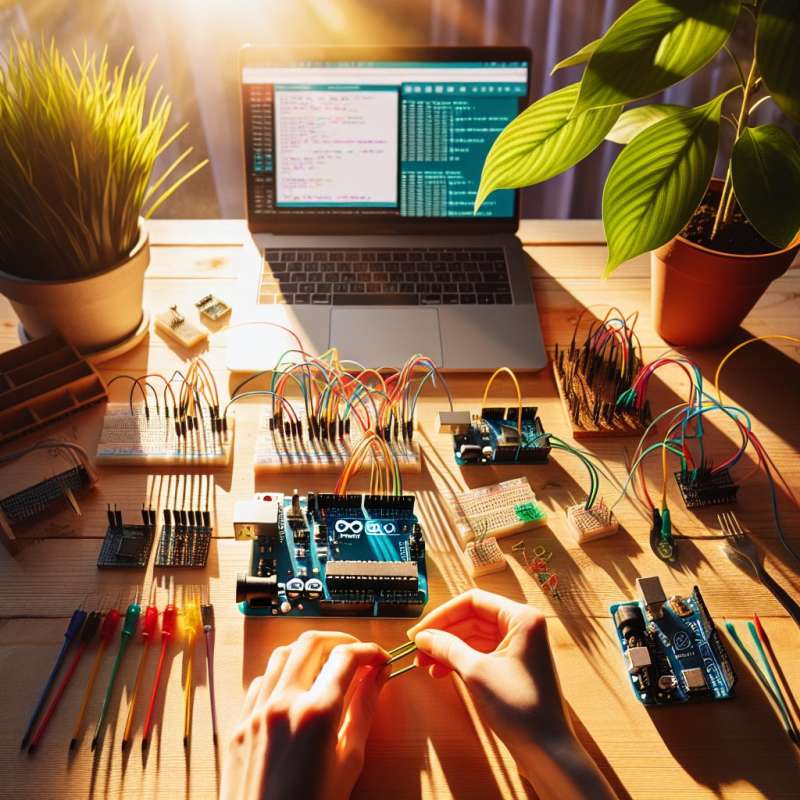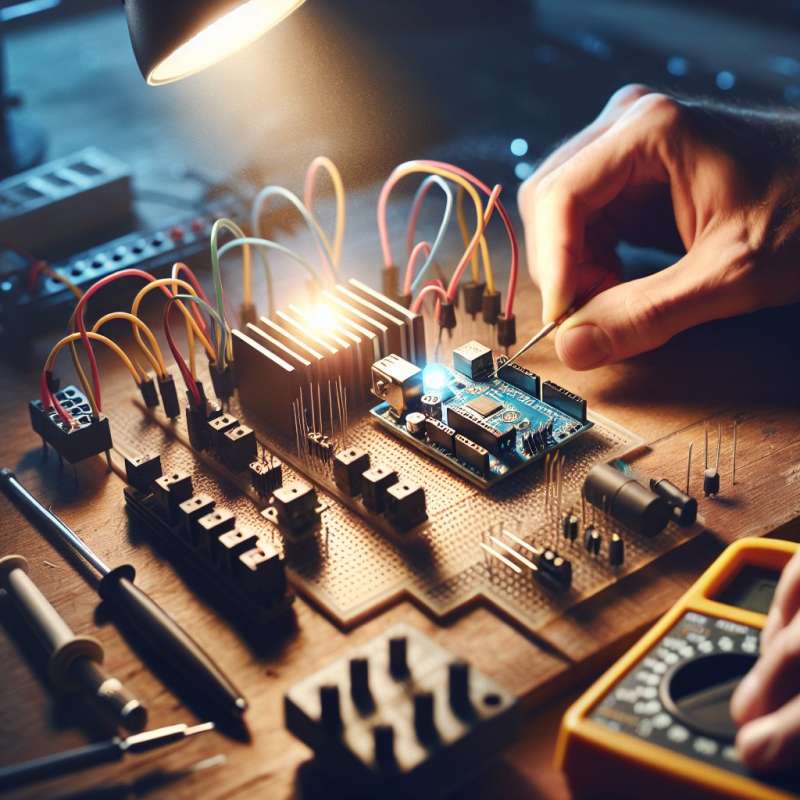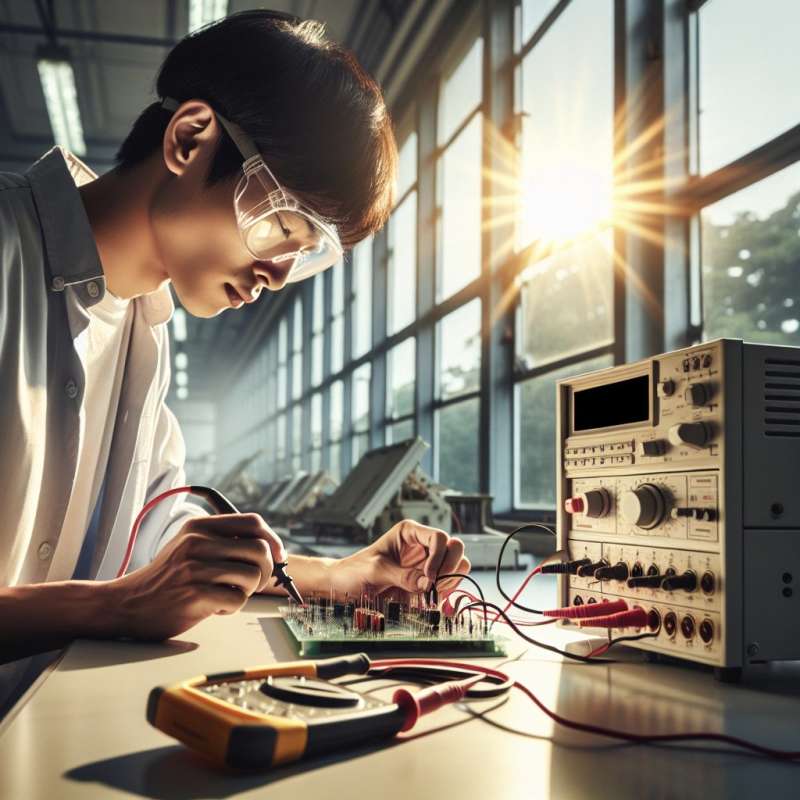
Understanding Arduino Basics
Arduino is an open-source platform used for building electronics projects. It consists of a physical programmable circuit board and a piece of software, or IDE, used to write and upload computer code.
High Voltage Safety Precautions
When interfacing Arduino with high voltage, safety is paramount. Always use an isolation method, such as a relay or optocoupler, to prevent high voltage from reaching the microcontroller and causing harm.
Relays for Voltage Isolation
Relays allow safe control of high-voltage devices with Arduino. They act as electrically operated switches, isolating the control circuit from high voltage while enabling interaction through magnetic induction.
Optocouplers for Signal Transfer
Optocouplers, or opto-isolators, use light to transfer electrical signals between two isolated circuits. They provide a high degree of isolation, protecting Arduino from voltage spikes.
Using MOSFETs with Arduino
MOSFETs are transistors that can switch or amplify electronic signals. With proper heat sinking and current limitation, they can control high-power devices, being efficient at converting signal level to high voltage.
Arduino High Voltage Projects
Some advanced projects include home automation systems, electric vehicle charge controllers, and large LED displays. These require careful design to handle high voltage and current safely.
Troubleshooting and Testing
Before applying high voltage, thoroughly test your circuit with a multimeter and simulations. Always disconnect power before making adjustments, and consider using a residual current device (RCD) for added safety.
What is Arduino?
IDE for programming
Open-source electronics platform
High voltage device
Company